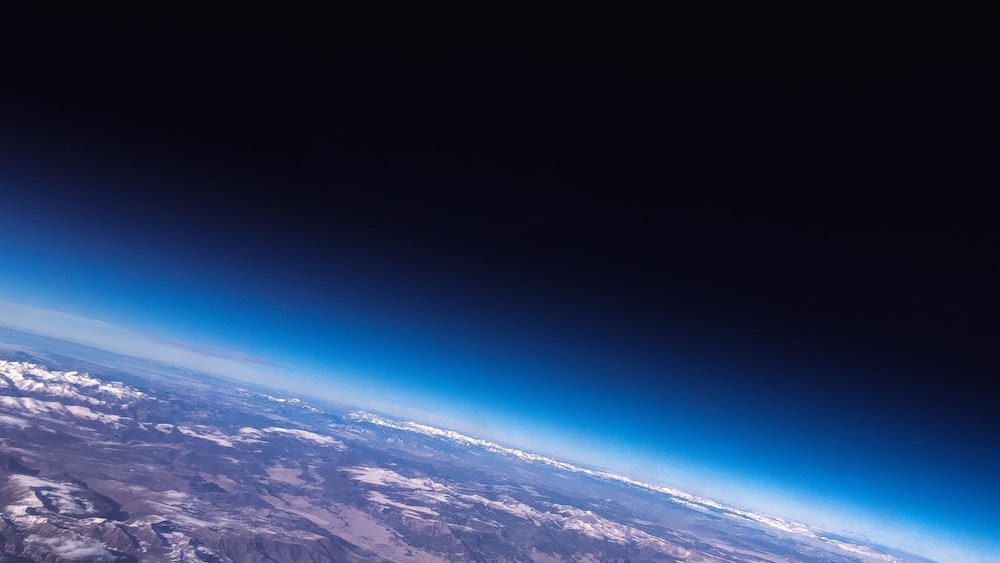
Photosynthesis was a key factor in the oxygenation of the Earth’s atmosphere, but the role of minerals in preventing the degradation of organic matter also seems to have been essential. Oxygenation of the atmosphere is an important step in the process of development of life on Earth because its rate allowed life to evolve in the way we know it today. Scientists have been able to establish that the appearance of photosynthesis about 2.4 billion years ago allowed oxygenation rates to increase significantly.
At that time, life was already present in the marine environment, in the form of algae and other organisms. Photosynthesis allowed these organisms to develop by consuming CO2 present in the atmosphere and by using solar energy to produce oxygen, which was then released into the atmosphere.
According to some scientists, this biological phenomenon, at the origin of the oxygenation of the atmosphere, cannot explain alone the levels of oxygen observed in the atmosphere because it is also necessary to take into account a stage in the life of plants that consumes oxygen. At the end of life, the organic matter of living organisms is degraded by bacteria in an oxidation process that consumes oxygen and forms CO2. Since plants produce but also consume oxygen, the rates observed in the atmosphere during the oxygenation phase of the planet, cannot come only from these two opposite reactions, unless we consider that the process of degradation of organic matter has been slowed down.
Chemical interactions exist between minerals and organic matter that preserve it and prevent its decomposition before it is buried in the ocean sediments. The organic carbon is thus stored and does not react with oxygen, lowering the CO2 level and raising the oxygen level. Among these minerals interacting with organic matter, iron ions in particular have the ability to bind to dead algae and plants, they can absorb organic carbon and sequester it in a mineral surface.

The intervention of this type of mineral will allow the plant debris not to be attacked by bacteria and not to decompose rapidly. This process could be observed at the time of the terrestrial oxygenation because the formation of the continents provoked the alteration of the continental surfaces, favoring the presence of a great quantity of iron in the oceans.
This phase of the development of life on Earth called the great oxygenation, which took place 2.4 billion years ago, coincides with the period of formation of the continents and the deposition of large quantities of mineral particles in the ocean may have slowed the decomposition of dead algae and allowed the oxygen level to increase rapidly. The results of the study published in Nature Geoscience in March 2023 may serve as a reflection to consider the development of life on other planets and not only on Earth.




